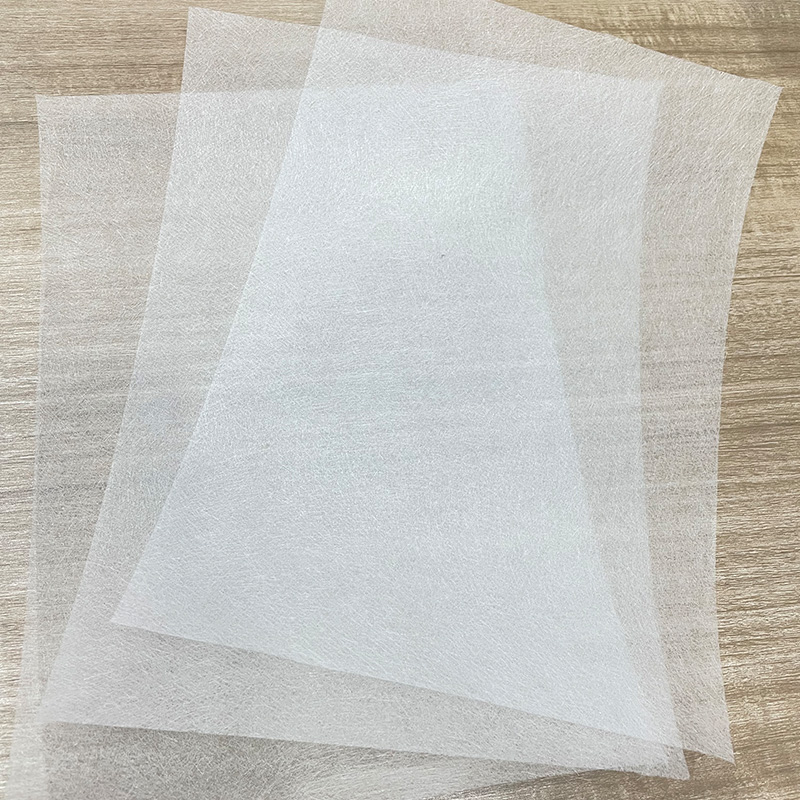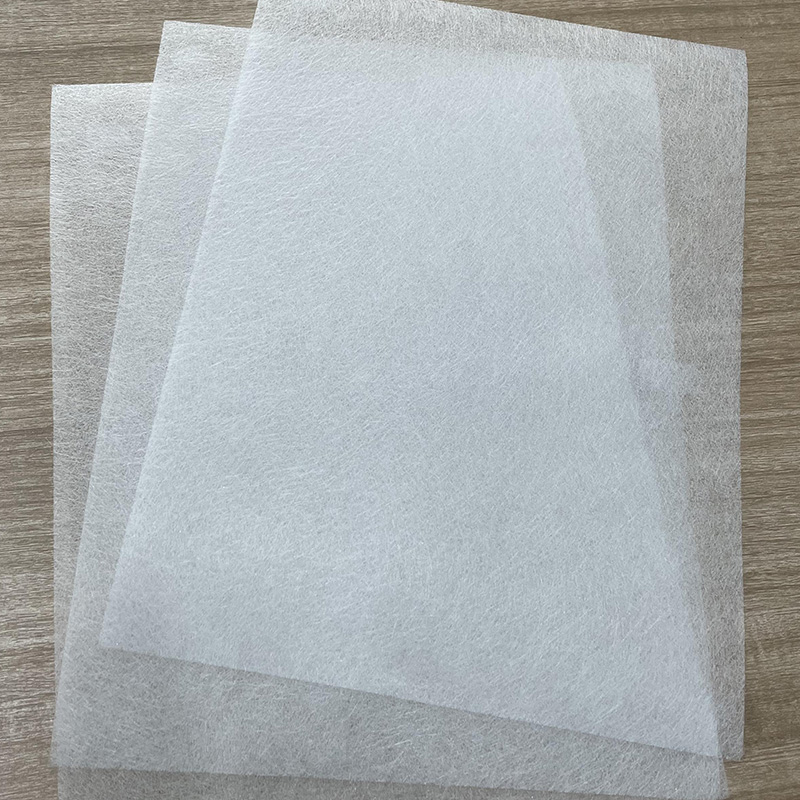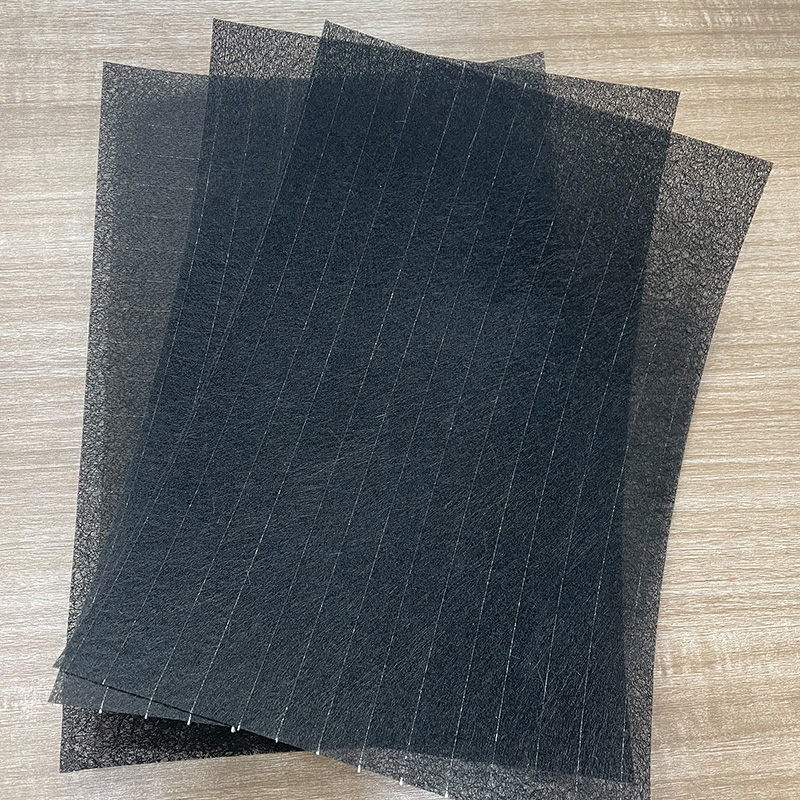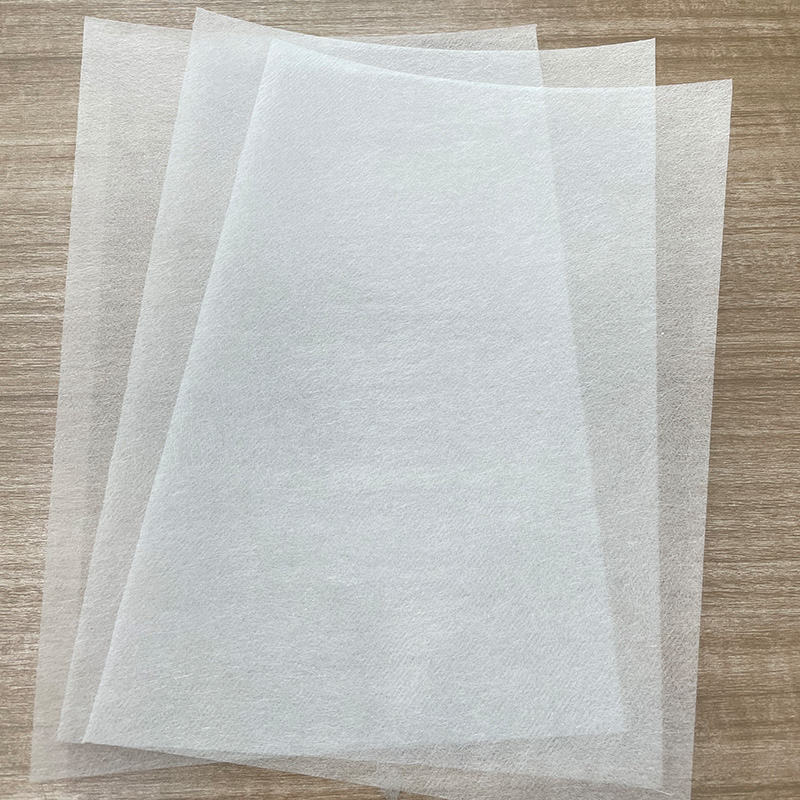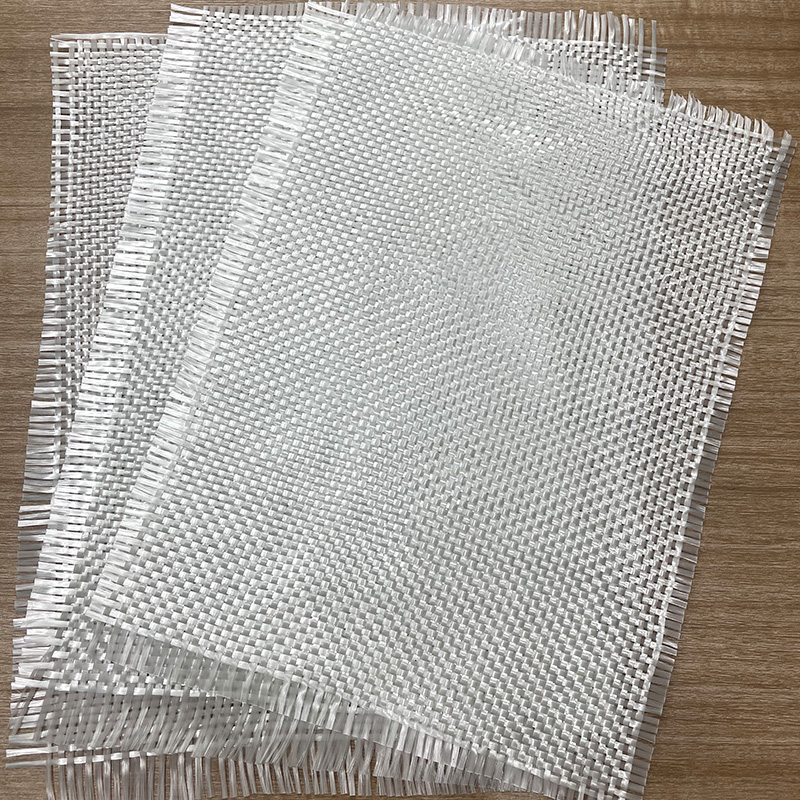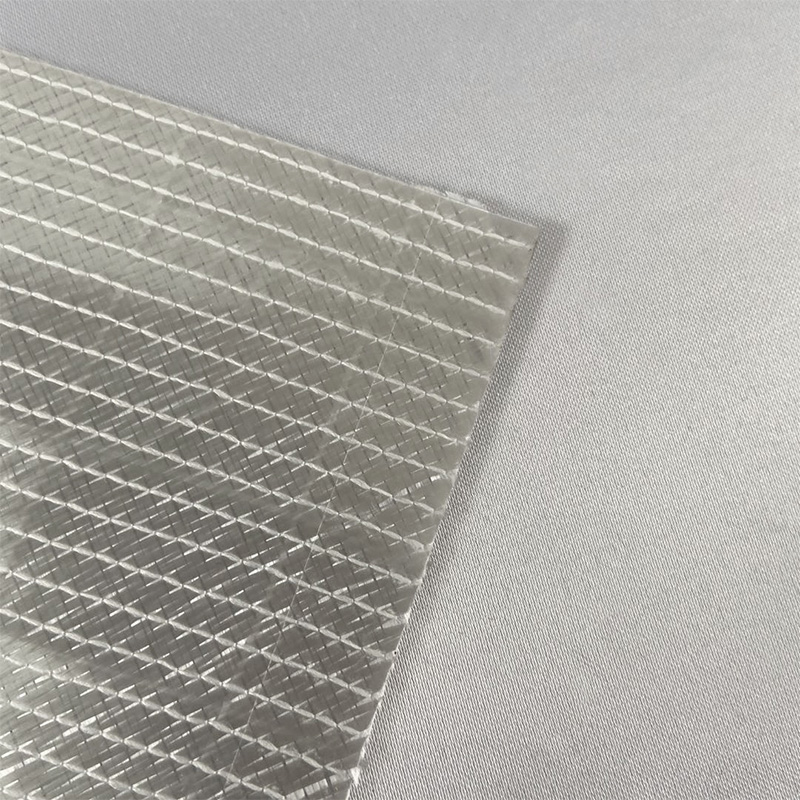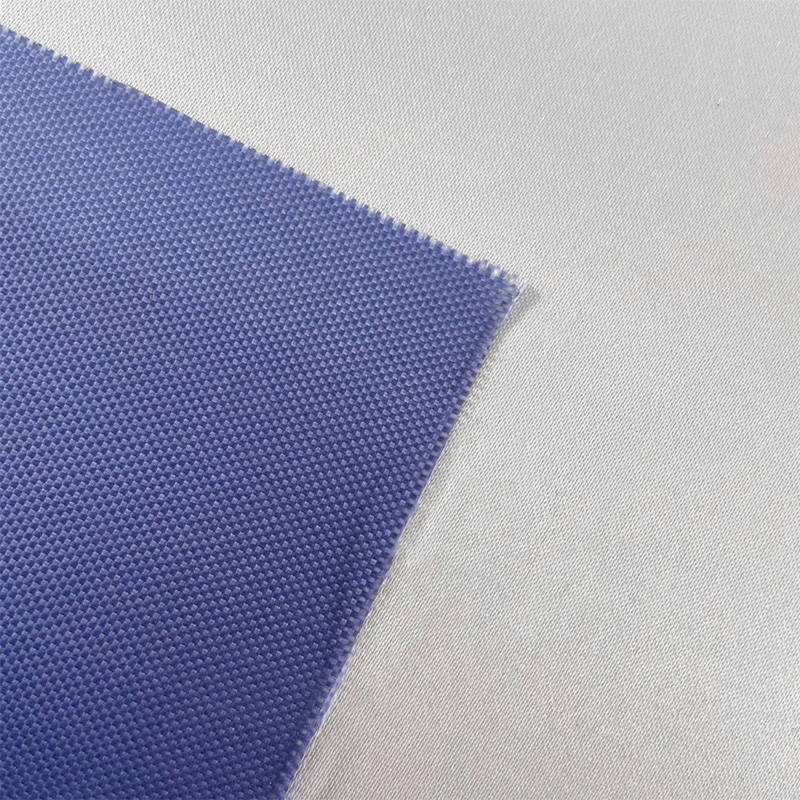What Exactly Are Carbon Fiber Chopped Strands?
Carbon fiber chopped strands, as their name suggests, are short fibers produced by cutting continuous carbon fiber filaments into specific lengths. This material retains the inherent superior properties of carbon fiber, including extremely high strength, lightweight, corrosion resistance, and high-temperature tolerance. Unlike continuous carbon fiber, chopped strands have a fluffy, disorganized state, which makes them easier to mix with matrix materials like resins and concrete during processing, forming isotropic composite materials. This unique form gives them irreplaceable value in many industries, providing new solutions for challenging engineering problems. They are not only the cornerstone of high-performance materials but also a key element driving the development of several cutting-edge technological fields. Through precise cutting and surface treatment, the properties of these short strands can be finely tuned to meet the stringent requirements of different applications.
In Which Fields Do Carbon Fiber Chopped Strands Play a Role?
The application of carbon fiber chopped strands is incredibly broad, covering various fields from traditional industries to cutting-edge technology. In the automotive manufacturing sector, they are often used to produce lightweight components like brake pads, friction materials, and structural reinforcements, thereby improving vehicle fuel efficiency and safety. In the construction industry, adding chopped carbon fiber to concrete can significantly enhance its crack resistance and durability, playing a crucial role, especially in the construction of high-rise buildings and bridges. Furthermore, in the electronics and electrical fields, they are used to produce antistatic or conductive materials, protecting sensitive electronic components from static damage. In the sports equipment industry, their lightweight and high-strength properties make them an ideal choice for manufacturing sporting goods such as golf clubs and tennis rackets. These applications are just the tip of the iceberg; chopped carbon fiber is also widely used in wind turbine blades, aerospace components, medical devices, and high-end consumer goods.
How to Choose the Right Carbon Fiber Chopped Strands?
Choosing the right carbon fiber chopped strands is not an easy task and requires considering several key factors. First is the fiber length; different applications require different lengths of chopped strands. Generally, longer fibers can provide higher mechanical performance, while shorter fibers are easier to mix and process. Second is the surface treatment; different sizing agents will affect the interfacial adhesion between the chopped strands and the matrix material, which directly influences the mechanical properties of the final composite. Third is the type of carbon fiber, such as high modulus or high strength, which depends on specific requirements for stiffness or tensile strength. Finally, it's about balancing cost and performance; finding the most cost-effective material while meeting technical requirements is a wise move. Before making a final choice, you should carefully evaluate the technical parameters provided by suppliers and verify their performance in real-world applications through small-scale tests.
What Are the Future Development Trends of Carbon Fiber Chopped Strands?
Looking ahead, the future of carbon fiber chopped strands is very promising. With the continuous global demand for lightweight, high-performance materials, their application in various fields will deepen further. Future development will focus on several key directions: first is lower-cost production technology, reducing the manufacturing cost of carbon fiber through process innovation to enable wider application in civilian sectors. Second is functionalization and intelligence, imbuing chopped strands with additional functions like conductivity, thermal conductivity, or sensing through special treatments, allowing them to be integrated into smart devices and structures. Third is recycling and reuse technology; as environmental awareness grows, developing efficient carbon fiber recycling technologies to reuse chopped strands from waste composites will achieve sustainable development. These trends will collectively drive carbon fiber chopped strands from a high-performance material to a sustainable, smart, and widely adopted new material, bringing more innovation and benefits to human society.
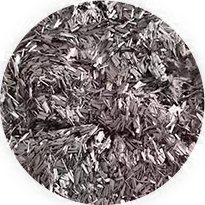

 English
English 中文简体
中文简体 русский
русский Español
Español
